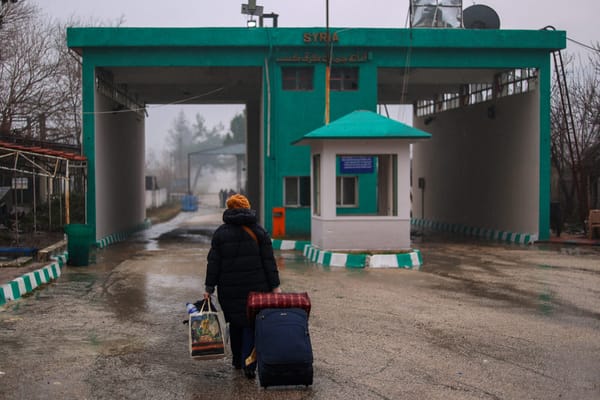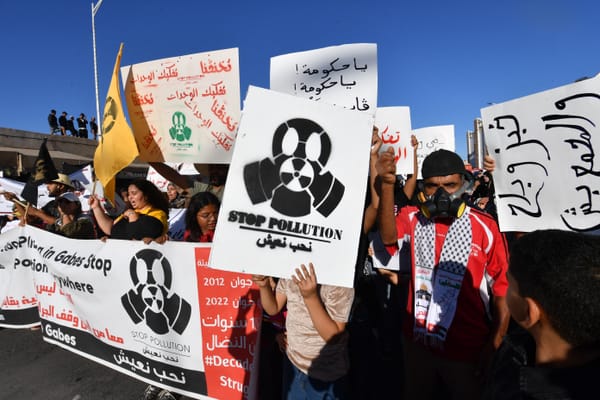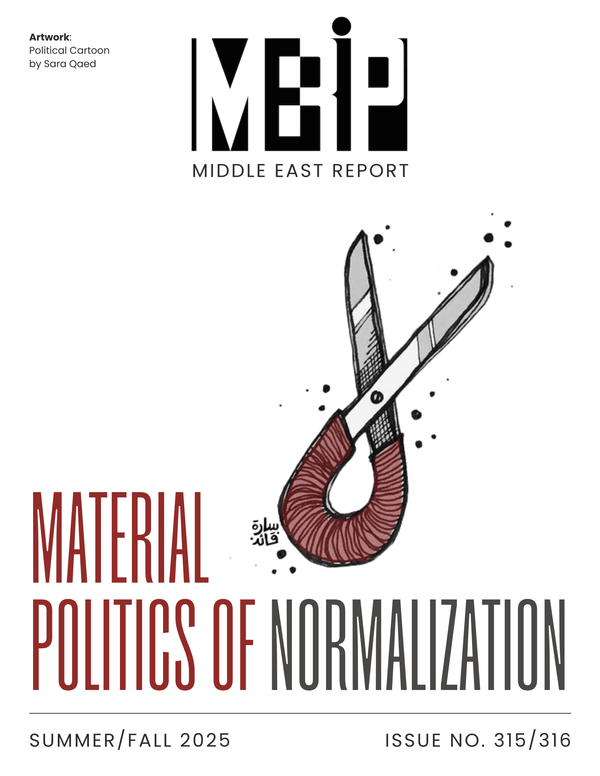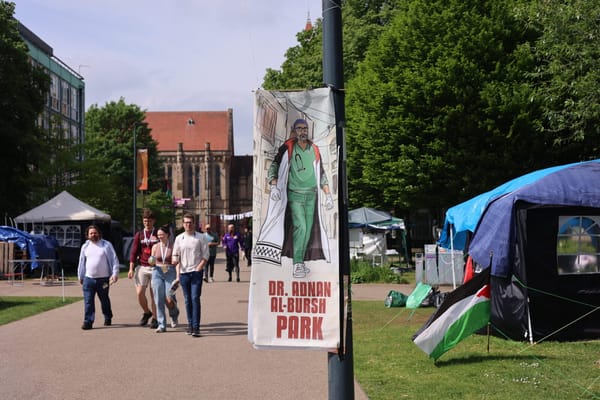Books on Lebanon
Wade R. Goria, Sovereignty and Leadership in Lebanon 1943-1976, (London: Ithaca Press, 1986). Helena Cobban, The Making of Modern Lebanon, (Boulder: Westview Press, 1985).

Wade R. Goria, Sovereignty and Leadership in Lebanon 1943-1976, (London: Ithaca Press, 1986).
Helena Cobban, The Making of Modern Lebanon, (Boulder: Westview Press, 1985).
These two books are quite good at sorting out the “hard facts,” statistics and data of the tangled situation in modern Lebanon. They are less successful in developing an appropriate, cogent and compellingly-argued analytical framework. Goria’s work, which analyzes the role of leaders in Lebanon from the time of political independence to the early 1976 civil war period, is based on an impressive body of primary material. Between 1979 and 1984, Goria interviewed Camille Chamoun, Raymond Edde, Suleiman Frangiyeh, Bashir Gemayel, Walid Jumblatt, In‘am Ra‘ad, Takieddine al-Solh and Ghassan Tuéni among many others. Excerpts of the interviews offer a glimmer of insight into the minds of these patriarchs. Chamoun, for example, describes American foreign policy as “treacherous,” “stupid,” and “unreliable.” (p.54, n.72) Using this array of documentation, Goria argues that the clashes between the zu‘ama (political leaders) and the Lebanese central government have restricted central state authority due to the inherent weaknesses in the system. So far, so good. Unfortunately, the author does not go much further. By limiting his analysis to a narrowly defined role of the leadership, Goria sacrifices what could have been a penetrating examination of the Lebanese polity.
Helena Cobban -- the Beirut correspondent of the Christian Science Monitor and The Sunday Times (London) from 1976 to 1981 -- has written a good general introduction to Lebanese political history. However, she undertakes an overwhelming challenge by attempting to explain Lebanese history from 1516 to 1985 in terms of the mechanisms of an inter-sectarian system. Cobban applies a theory of quasi-cyclical sectarian evolution to Lebanon:
[]Elsewhere, history might not repeat itself. But in Lebanon it does. Not endlessly, certainly, not mindlessly; but with a definite nagging persistence. What other country would have produced a figure such as Rashid Karami, who reappeared trying to form a “reconciliation cabinet” after virtually every major civil crisis from 1958 to 1984? (p. 231)
Cobban’s most valuable contribution is her detailed chronicling of the “events” from 1975 to the end of 1985, much of it based on her own observations and familiarity with the Lebanese scene. This information composes the last half of the book, which provides a concise and useful guide to the battles, diplomatic efforts, political reconciliation talks, shifting alliances and external forces that elude all but the most intimate observers.








